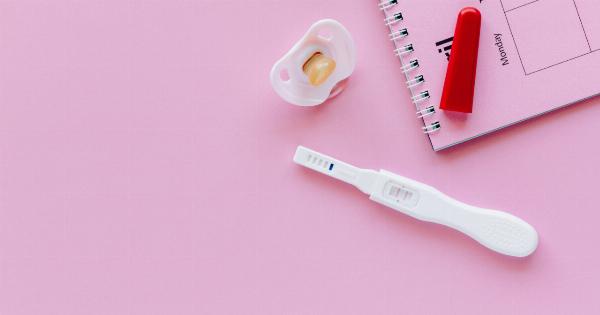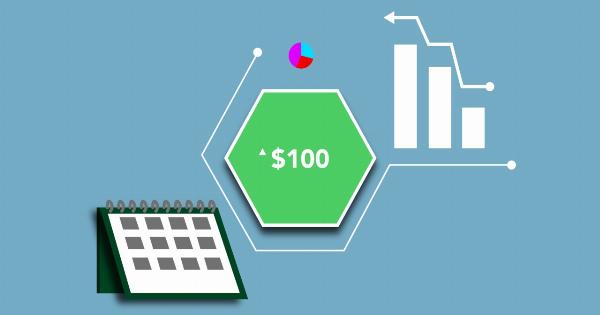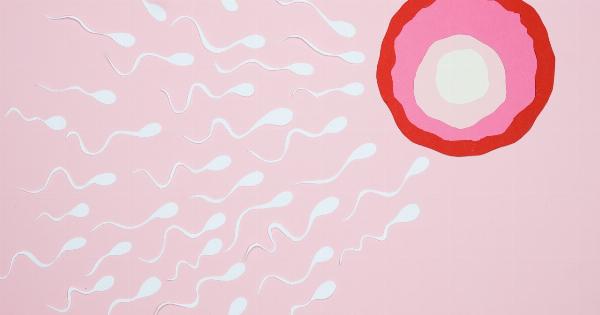IVF (In Vitro Fertilization) is one of the most popular forms of infertility treatment worldwide. The procedure has helped countless couples become parents, but it is not always successful.
According to recent statistics, IVF success rates range from 20 to 35 percent per cycle. However, that could change thanks to a new revolutionary IVF technique that has already doubled the success rates.
What is IVF?
IVF involves the extraction of eggs and sperm from the couple undergoing the treatment. The eggs and sperm are then fertilized in a lab, after which the embryos are transferred to the uterus.
The procedure is expensive and requires multiple cycles before a successful pregnancy is achieved. IVF is usually recommended when other forms of infertility treatments have failed.
What is the Revolutionary IVF Technique?
The new technique, called the Early Embryo Viability Assessment (Eeva), was developed by a California-based company named Auxogyn. Eeva uses sophisticated imaging software to identify the embryos that are most viable for implantation.
The imaging software records images of the developing embryos every five minutes to determine which ones have the greatest potential for success.
How Does the Eeva Technique Work?
The Eeva technique works by analyzing specific data points that are gathered from the developing embryo.
The software analyzes the embryo’s cell divisions and timing, cell cycle checkpoints, and other factors that are key indicators of a healthy pregnancy.
With this information, doctors can select the embryos that have the best chance of developing into healthy fetuses, thus increasing IVF success rates.
Additionally, the Eeva technique allows doctors to select embryos with better results in only five days; conventional techniques require three more days to do the same.
The Benefits of the Eeva Technique
The benefits of the Eeva technique are numerous. First and foremost, the technique doubles the success rates of IVF treatments.
This means that couples undergoing IVF procedures have a greater chance of getting pregnant successfully, which takes care of their emotional and financial burdens.
Furthermore, the Eeva technique helps reduce the number of cycles a couple must undergo to become successful, thereby lowering the cost of treatment.
Additionally, the technique minimizes the risk of multiple pregnancies, which is a genuine concern for babies and mothers alike.
Who Can Benefit from the Eeva Technique?
The Eeva technique is suitable for all couples undergoing IVF treatments. The technique is particularly beneficial for women over the age of 35, who have lower success rates with traditional IVF methods.
Additionally, couples struggling with infertility due to male factor infertility can benefit from the Eeva technique. Male factor infertility refers to an issue with the sperm count, motility, or morphology that contributes to a couple’s infertility.
What are the Risks of the Eeva Technique?
The Eeva technique is a relatively new technology, and as such, there are some potential risks and uncertainties associated with it.
Although the technique has been shown to reduce the number of cycles and increase success rates, there is still a possibility that it may not work for all couples. As with any infertility treatment method, the risk of multiple pregnancies is always present.
Conclusion
The Eeva technique represents a triumph in infertility treatment. By using sophisticated imaging software to analyze the developing embryo, doctors can select the ones with the best chance of a successful pregnancy.
The Eeva technique has already doubled IVF success rates and has helped many couples struggling with infertility. As with any new technology, there are some potential risks and uncertainties, but overall, the benefits of the Eeva technique far outweigh any risks.































